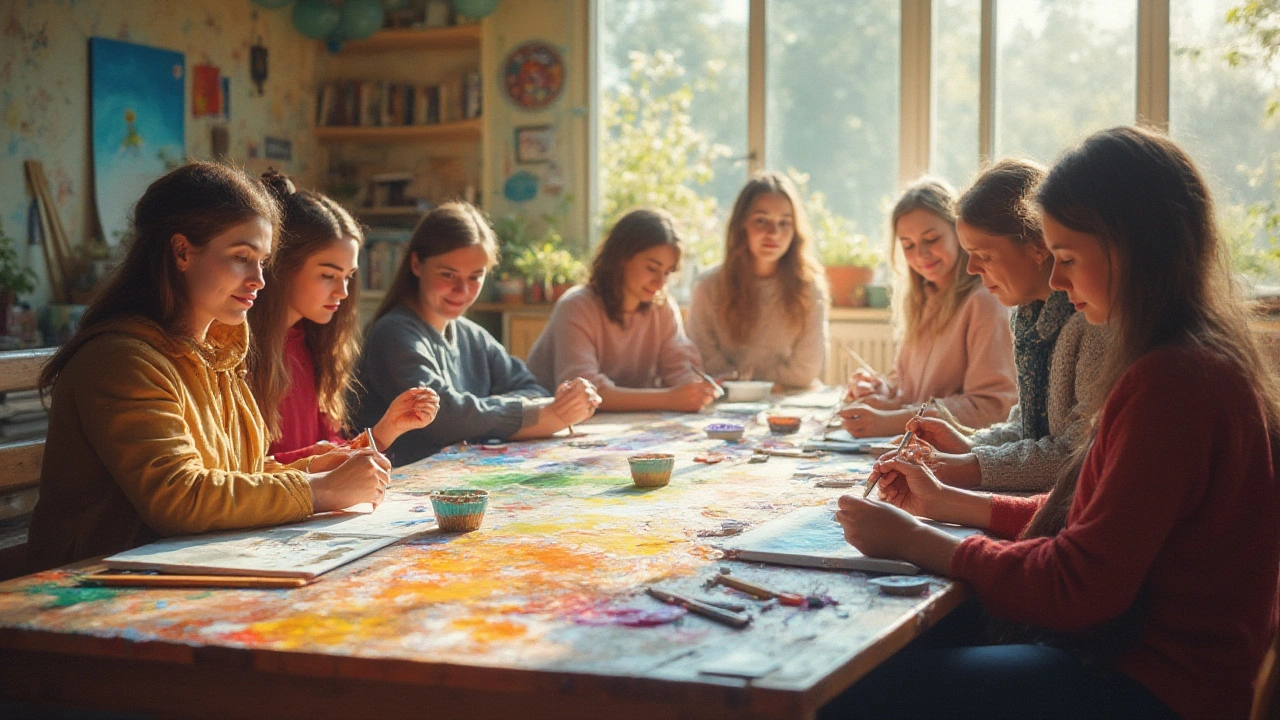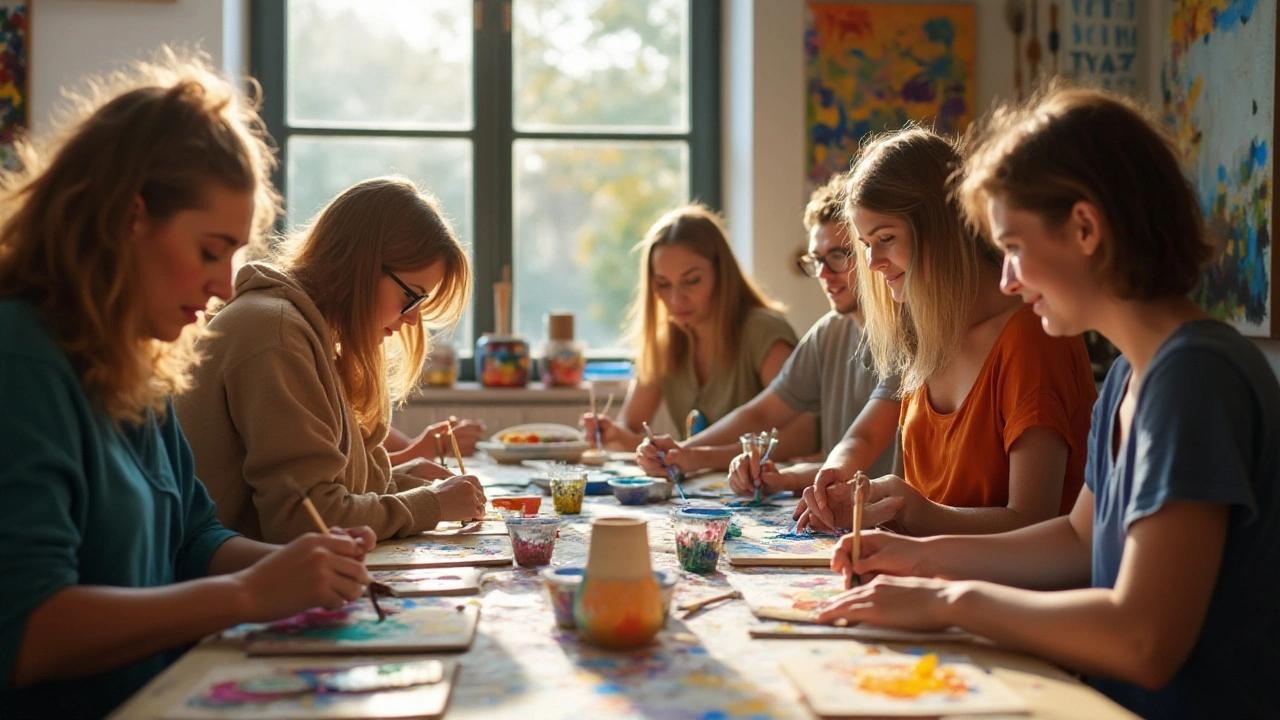Healing: Simple, Real Steps to Feel Better Today
Healing isn't a single moment. It's a series of small, practical moves you can do right now that add up fast. If you're tired of vague advice, this page cuts to the parts that actually work—breath, sleep, food, movement, and mind. Read on for clear actions you can try today and a few pointers on when to get professional help.
Start with the basics: sleep, food, and movement
Sleep repairs your body and clears your head. Aim for a consistent bedtime and wake time, even on weekends. If you struggle, try a short wind-down routine: dim lights, silence screens 30 minutes before bed, and breathe slowly for two minutes.
Food matters more than fancy diets. Choose whole foods, add fiber-rich veggies, and include a protein source at meals to steady energy. If gut issues bother you, small swaps—more fiber, fermented foods like yogurt or kefir, and less processed sugar—often help within a week.
Movement is medicine. You don't need a gym. Daily walks, gentle stretching, or short strength moves (like bodyweight squats or push-ups) boost mood and speed recovery. If pain limits you, try low-impact options: swimming, cycling, or guided mobility routines.
Mind tools that actually help
Stress and mood shape how quickly you heal. Quick wins: box breathing (4-4-4-4), a two-minute body scan, or a one-mile brisk walk to clear your head. If you want structure, short guided meditations or biofeedback sessions can train your body to calm down faster. Several articles on this site explain how biofeedback and mindfulness work and how to start without special gear.
Aromatherapy can ease symptoms fast. Peppermint helps nausea, lavender eases sleep, and eucalyptus can aid breathing. Use a few drops in a diffuser or on a tissue—keep it light and test for skin sensitivity first.
Use hands-on care when needed. Sports massage, gentle myofascial release, or targeted stretching speeds recovery after workouts and reduces muscle tension. If pain persists for more than two weeks or worsens, book a professional assessment.
Track what changes. Keep a simple daily log: sleep hours, mood (1–5), one meal you ate, and one movement session. Within two weeks you'll see patterns—what helps and what doesn't. That makes decisions easier and healing faster.
When to seek help: if symptoms are severe, sudden, or getting worse—like sharp chest pain, shortness of breath, fainting, uncontrolled bleeding, or intense mood changes—get urgent care. For ongoing issues like chronic pain, persistent gut problems, or long-term sleep loss, see a primary care provider or a specialist.
Want targeted reads? Check posts on gut health, biofeedback, aromatherapy, meditation, and sports massage for specific how-tos and quick routines you can try right away. Healing is practical. Start with one small step today and build from there.

Creative Arts Therapies: How Art Heals Body and Mind
Uncover how creative arts therapies help heal body and mind, manage stress, boost mood, and foster personal growth with practical tips and inspiring facts.
Read More
Mindfulness and Grief: A Path Towards Healing
Mindfulness can be a powerful tool for dealing with grief, providing a way to process difficult emotions. By focusing attention on the present moment, individuals can find some relief from the overwhelming nature of loss. This article explores practical strategies for incorporating mindfulness practices into the grieving process. Discover how simple techniques can offer comfort and support during these challenging times. Learn about the benefits of mindfulness and how it can gently lead you through a healing journey.
Read More
Exploring the Impact of Creative Arts Therapies on Modern Mental Health
Creative arts therapies are revolutionizing the way mental health treatment is approached by integrating artistic forms such as music, art, dance, and drama into traditional therapeutic practices. This multifaceted method appeals to a wide range of individuals seeking alternative ways to express emotions and heal from past traumas. By fostering creativity, these therapies promote self-discovery and personal growth in unique environments. They offer new pathways to mental wellness beyond conventional talk therapy. Discover how creative arts therapies are reshaping the landscape of mental health support.
Read More
Harnessing Potential: Transformative Power of Creative Arts Therapies
Creative arts therapies offer a unique avenue for self-expression and healing, utilising mediums like music, art, and dance to promote emotional well-being and personal growth. These therapies foster a safe space for individuals to explore their inner thoughts and emotions, promoting mental health and resilience. They are particularly beneficial for those who struggle with verbal communication, providing an alternative way to communicate and process experiences. Through creative expression, individuals can uncover their potential and find holistic healing.
Read More
Trailblazers of Creative Arts Therapy: A Historical Perspective
Creative arts therapy has emerged as a transformative approach to healing, combining artistic expression with therapeutic processes. This article delves into the evolution of creative arts therapies, highlighting key figures who have pioneered the field. It explores how these therapies have developed over time and their impact on mental and emotional well-being. Readers will discover the unique ways art, music, dance, and other forms of creativity play a crucial role in healing.
Read More